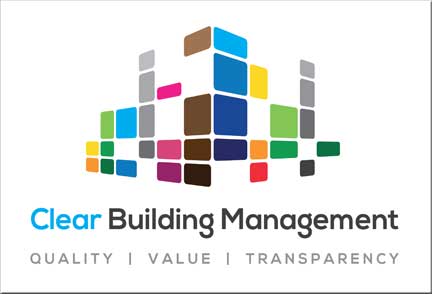When leaseholders need a landlord to do major repairs …
In most leases, the landlord is obliged to repair, maintain and insure the exterior, structure and common parts of the building divided into flats. The leaseholder will generally be responsible for the interior of the flat which will, usually, include the plumbing serving the flat, interior surfaces of the walls, floors and window glass. The lease should clarify each party’s obligations.
Where a landlord has failed to comply with its repairing obligations under the lease, the leaseholder may wish to make a claim for a court order and/or damages (compensation). There may also be an element of personal injury if this has occurred as a result of the disrepair.
The Ministry of Justice through the Civil Procedure Rules provide a Housing Disrepair Protocol to be followed if a leaseholder intends to bring such a claim. The Protocol applies to tenants of rented premises, where it is most frequently used, but it also applies to leaseholders in England & Wales.
The Protocol describes the conduct that the court will expect the parties to follow in a housing disrepair claim prior to the start of legal proceedings. It is intended to encourage the exchange of information between parties at an early stage and to provide a clear framework within which parties to a dispute can attempt to achieve an early and appropriate resolution of the issues.
With leasehold properties, before starting the Housing Disrepair Protocol, the Landlord should be put on notice of the disrepair and given a reasonable time to deal with it. How long is reasonable would depend upon the urgency of the repair.
It should also be borne in mind that the landlord may have to go through the section 20 consultation procedures if he is looking to recover the costs of repair via the service charge and it will cost any one leaseholder more than £250. If the work is urgent the landlord can seek a dispensation from the need to consult from the First Tier Tribunal (Property Chamber), or the Leasehold Valuation Tribunal in Wales.
The courts also expect legal action to be a last resort, so they would expect to see that that both parties have considered whether Alternative Dispute Resolution may be a better way of dealing with the dispute. This could include mediation, arbitration or early neutral evaluation. For leaseholders of councils, or housing associations, they can use the landlord’s internal complaints procedure and ultimately the Housing Ombudsman.
Prior to the formal Letter of claim, explained below, the protocol states that to avoid unnecessary delay, particularly where repairs are urgent, it may be appropriate to send a letter notifying the landlord of the claim, before a detailed letter of claim is sent.
Otherwise, the steps are as follows:
Letter of claim As mentioned above, the Protocol provides a specimen letter of claim but, in summary, the Letter of Claim should contain:-
- The leaseholders name, address of the property, leaseholder’s address if different from the property in dispute, contact telephone number and when access is available,
- Details of the defects, including defects outstanding (The Protocol has a schedule that can be used),
- a history of the defects including any attempts to rectify them,
- details of any notification previously given to the landlord,
- the effects of the defects on the leaseholder (including any injury claim),
- the name of a proposed expert,
- the proposed letter of instruction to the expert (there is a standard letter in the protocol),
- Details of special damages (The leaseholder should by payment of compensation be put back into
- the position he would have been in had there been no breach of the lease)
- the leaseholder’s disclosure of any relevant documents that are readily available
- request disclosure from the landlord of all documents relevant to the disrepair
A copy of the Protocol should be sent to the landlord, if the tenant believes that the landlord will not have access to the Protocol, for example, because the landlord is an individual or small organisation. If in doubt, a copy should be sent.
The Landlord’s response The landlord should, normally, respond within 20 working days of receipt of the Letter of Claim, receipt of the letter of claim is taken as being 2 days after the date of the letter.
The landlord’s response should disclose all relevant records or documents and respond to the leaseholder’s proposals about the expert. If there is no response, legal proceedings can be issued as soon as the leaseholder has enough information to enable them to do so.
Admission or denial of liability
Either within the landlord`s response, or within 20 working days of receiving the expert`s report the landlord should:
- indicate whether liability is admitted or disputed;
- make any allegation about lack of notice or difficulty with access;
- send a full schedule of intended works with anticipated start and completion dates and a timetable;
- make any offer of compensation and costs.
Experts and the Protocol
The Protocol sets out detailed steps regarding instruction of the expert. It states that the parties should attempt to agree a single joint expert. If this is not possible, a joint inspection by experts for each party should be agreed. The inspection should start after the 20 working day period allowed in the first letter.
Costs and the Protocol
If the matter is settled as a result of using the Protocol on terms which justify bringing it (i.e. the leaseholder would have been awarded costs had he issued proceedings) the landlord pays the leaseholder`s reasonable costs and expenses.
A 2008 case Birmingham v Lee confirmed that if the repairs or the claim are worth more than £1,000 at the start of the Protocol, the tenant is entitled to their legal costs up to the point that repairs are carried out.
The above is a summary of the Protocol and leaseholders can contact LKP if in doubt.





















